For today’s post, I am stoked to share the work of legendary Australian-American printmaker and etcher Martin Lewis (1880-1962)!
Lewis was born in Castlemaine, Australia in 1880. His parents were hard working blue collar laborers and instilled the same work ethic into young Martin. Upon completing eighth grade at age fourteen, he took a job at the newspaper. Eventually an editor became aware of Martin’s aptitude for drawing and introduced him to a local art teacher who offered free art classes to the boy. After his father’s death a few years later, Lewis traveled across Australia and briefly studied with noted artist and instructor Julian Ashton. He successfully had a number of drawings accepted by various newspapers and eventually became exposed to printmaking by viewing old master prints. Upon receiving advice to move to the United States in order to elevate his career, he picked up and arrived in San Francisco, CA in 1900.
Eventually, he landed in New York City in 1905 at age 25. He would spend the rest of his life documenting the wonders of NYC and nearby Connecticut. It didn’t take too long for Lewis to become a successful commercial artist. In 1910 he traveled to London and became enamored with the etchings of Rembrandt, Seymour Haden, Whistler, and others. This began his obsession with the medium of printmaking and etching specifically. His first etching dates from 1915, age 35.
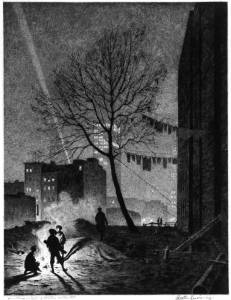
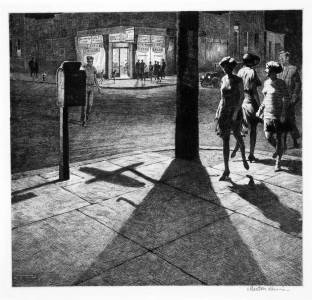
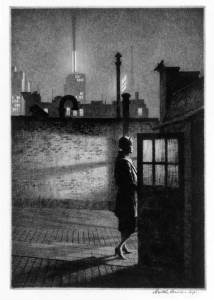

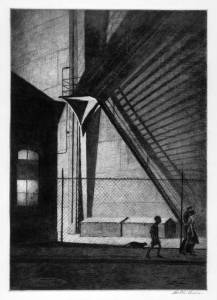
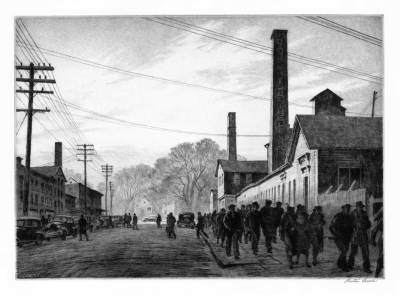
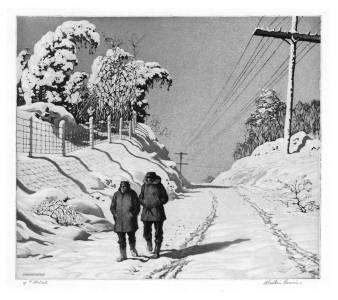
His etchings were immediately celebrated for their exceptional compositions. He did not lack inspiration as the bustling city provided new picture opportunities due to rapid urbanization and the resulting new landscapes. Eventually, Lewis’ good friend Edward Hopper asked him to teach him how to etch. Over time, Lewis became disenchanted with commercial work and pursued fine art. Frustrated with his struggles breaking into the new field, and fresh off a divorce, Lewis left for Japan intending to permanently move there.
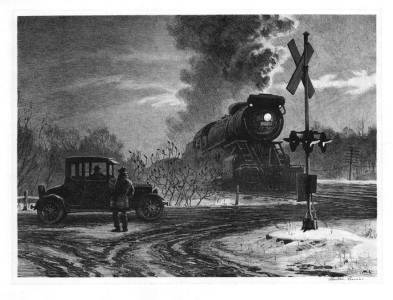
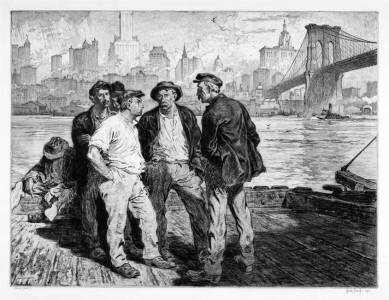
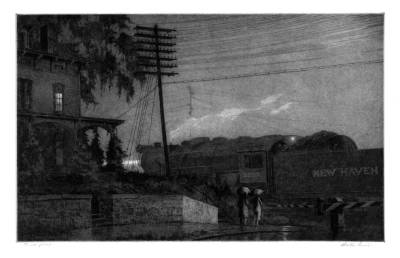



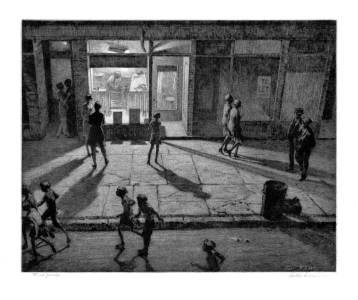
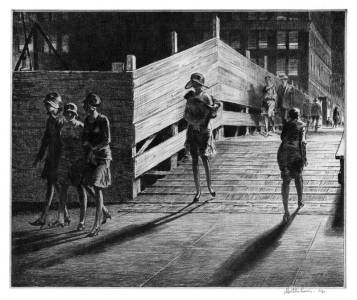
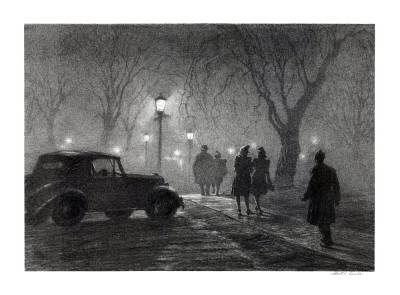
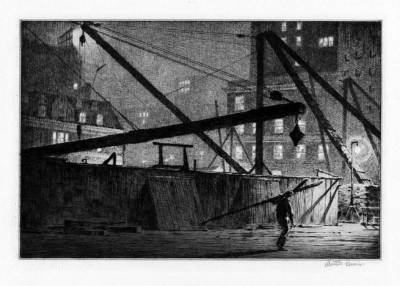

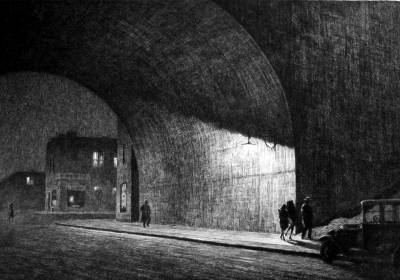
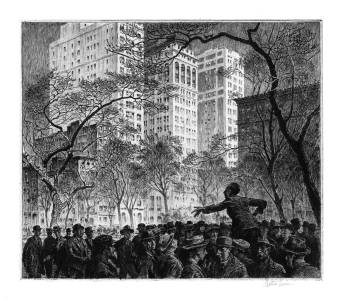
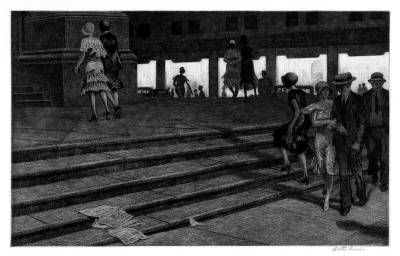
While in Japan, Lewis was prolific. He painted and drew everyday but did not work on any prints. He did however study Ukiyo-E prints and Japanese art in general. This all contributed to a further refining of his artistic vision. Not taking on any paying work for 16 months resulted in Martin running out of money, so he returned to New York.
Back in New York, the artist once again took on commercial work. Eventually he landed an exhibition at Kennedy Galleries in 1927 where he showed his Japanese watercolors and a handful of drypoints. The drypoints sold very well and eventually helped him develop a reputation as a viable fine art printmaker. From 1928 on (Martin was 48) he devoted his practice to printmaking.
Over his remaining years, he successfully exhibited his prints, re-married and had a son, and taught at the Art Students League. He is now considered one of the greatest American printmakers of the first half of the twentieth century. Perhaps clouding his notoriety is the career and parallel timeline of his friend Edward Hopper, who similarly explored modern American life at the time. Without Hopper, Lewis would surely be a larger name.
Of course, up to this point I have focused on Martin’s prints, particularly his full scenes. Below are a number of selections containing portraiture, figure drawings, and samples of his paintings.
Personally, I am infatuated with Lewis’ lighting and staging. He is obviously enamored with the possibilities of strong light sources at night. As a result, he uses shadow shape rhythms to direct the eye as much as actual structures in his pictures. This results in beautifully dramatic scenes where the environment and lightings is perhaps more of a character than the figures, who are often presented in heavy shadow.
Additionally, I appreciate his career’s slow progression. He is renowned for his prints, but he didn’t start making prints until 35, and wasn’t able to support himself with his prints until 48. There might be those out there that need to read that. It’s a marathon, not a sprint.
Fortunately, there are a number of books on Martin’s work. Unfortunately, they are not in mass circulation, and some are VERY expensive.
–The Prints of Martin Lewis: A Catalogue Raisonne
–The Prints of Martine Lewis from the Collection of Dr. Dorrance Kelly
–Emerging from the Shadows: The Art of Martin Lewis
–Martin Lewis: Stepping into the Light
–Shadow and Light: The Etchings of Martin Lewis
Finally, thank you to The Old Print Shop for their wonderful biography of Martin. Much of the information in this post was drawn from their article.
I hope you are leaving inspired and pumped to make some pictures!
Have a safe and pleasant holiday,
FV



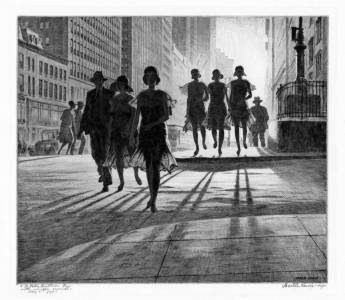
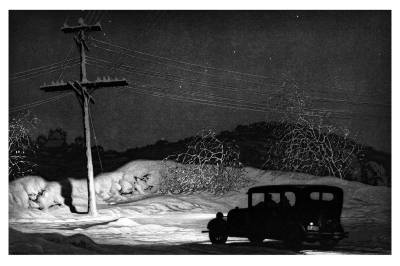


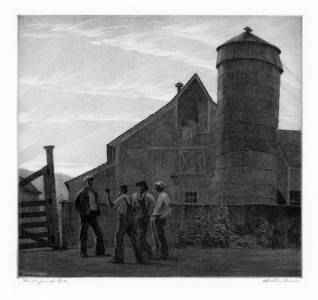
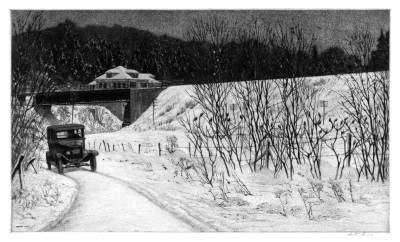
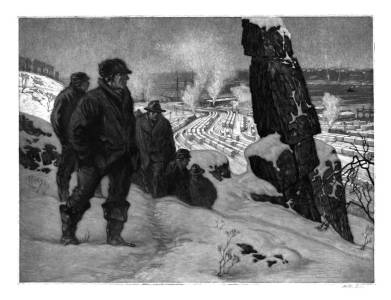

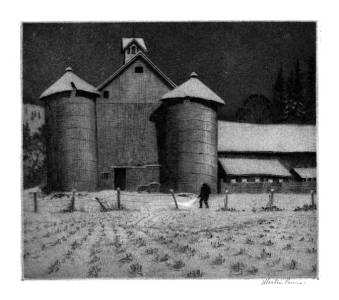
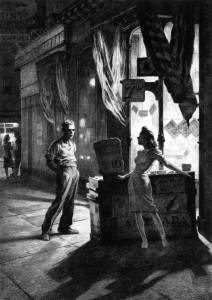
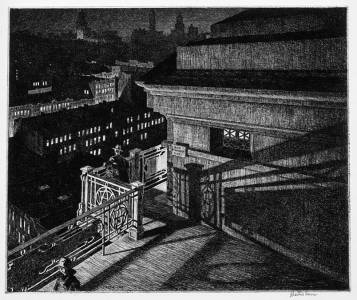
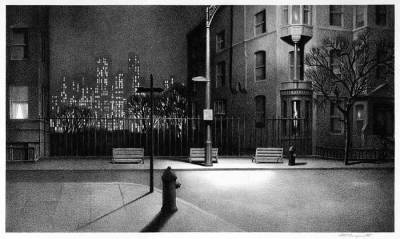
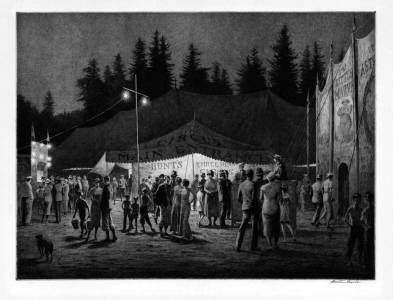
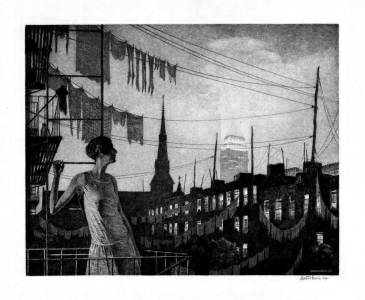

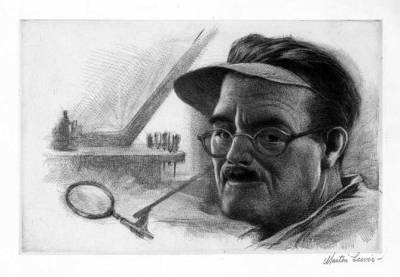
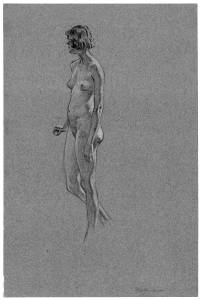
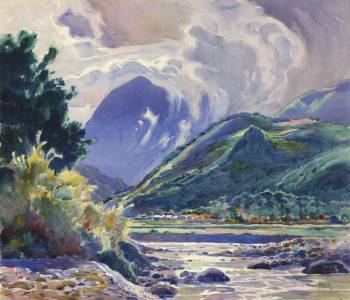
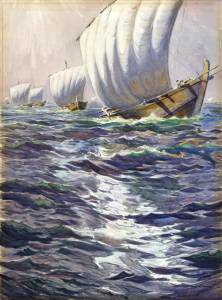
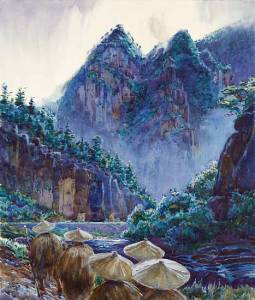

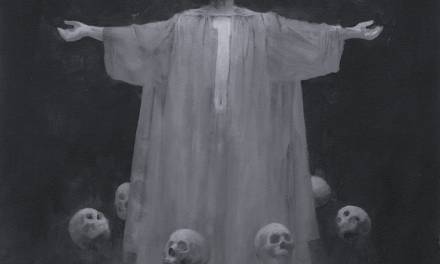
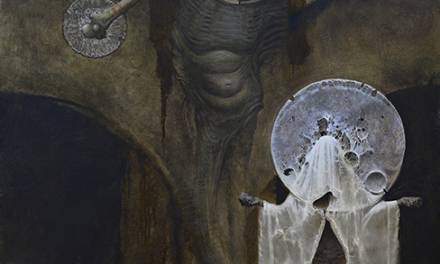
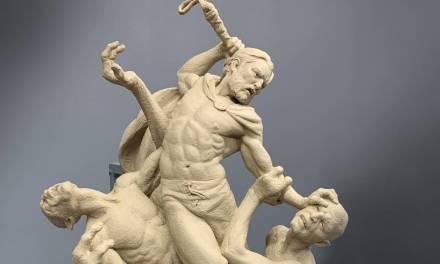
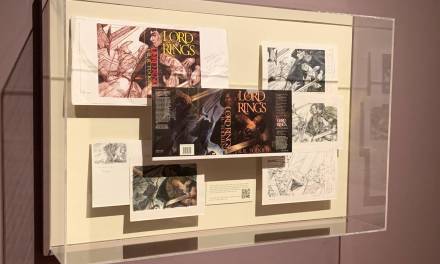
Wow! Thank you for sharing Francis. It is shocking that I can go through my career and never had discover such amazing work like Lewis’.
Great Enlightenment!
Donato, glad to share!
Francis . . . Is the date 1990 correct at the end of the first paragraph of this fine story? Seems kind of wonky to me. Really enjoyed this article.
Good catch. It is 1900, not 1990. I changed it. Thank you!
Thanks for sharing Francis! I’ve never heard of Lewis before today, but I think he might become one of my favorites.
Awesome, the same thing happened when I first discovered him. Straight to the favs!
Martin & Lewis were great comedians! But seriously, this artist is sadly under appreciated and needs more exposure. I love how he depicts everyday scenes with such power and impact. Thanks for sharing some awesome pieces by Martin Lewis, they are very inspiring.
Of course. My local museum has an absolutely massive collection of his work that I am excited to check out.
Wow – thanks Francis! Where in the hell did you find this guy! Never heard of him. An unknown master of the medium! Always finding/ seeing something new. Thanks again.!
JJP
I actually found him looking up Edward Hopper paintings! Glad to share. Also, big fan of your work!
I was distantly aware of him, buy your wonderful article brought him and his work into sharp focus for me and I really like him. He is a master of value bringing real emotion into black and white and always carving out a great point of emphasis. What a master! You are right, Hopper is the bigger name and maybe that’s why my studies of this era stopped there. Thank you for bringing him into the light!
Glad to share, and happy that you enjoyed!